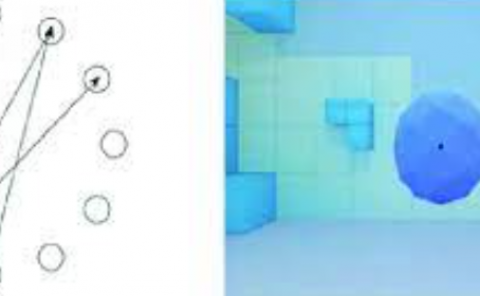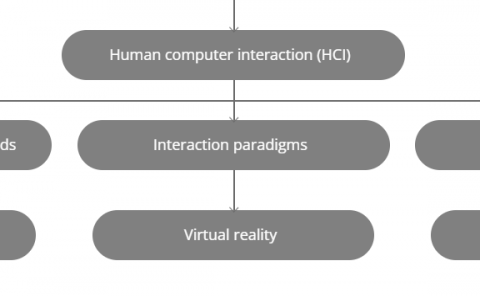RGB-D Odometry And SLAM
PubDate: Jan 2020
Teams: Universidad de Zaragoza
Writers: Javier Civera, Seong Hun Lee

Abstract
The emergence of modern RGB-D sensors had a significant impact in many application fields, including robotics, augmented reality (AR) and 3D scanning. They are low-cost, low-power and low-size alternatives to traditional range sensors such as LiDAR. Moreover, unlike RGB cameras, RGB-D sensors provide the additional depth information that removes the need of frame-by-frame triangulation for 3D scene reconstruction. These merits have made them very popular in mobile robotics and AR, where it is of great interest to estimate ego-motion and 3D scene structure. Such spatial understanding can enable robots to navigate autonomously without collisions and allow users to insert virtual entities consistent with the image stream. In this chapter, we review common formulations of odometry and Simultaneous Localization and Mapping (known by its acronym SLAM) using RGB-D stream input. The two topics are closely related, as the former aims to track the incremental camera motion with respect to a local map of the scene, and the latter to jointly estimate the camera trajectory and the global map with consistency. In both cases, the standard approaches minimize a cost function using nonlinear optimization techniques. This chapter consists of three main parts: In the first part, we introduce the basic concept of odometry and SLAM and motivate the use of RGB-D sensors. We also give mathematical preliminaries relevant to most odometry and SLAM algorithms. In the second part, we detail the three main components of SLAM systems: camera pose tracking, scene mapping and loop closing. For each component, we describe different approaches proposed in the literature. In the final part, we provide a brief discussion on advanced research topics with the references to the state-of-the-art.



